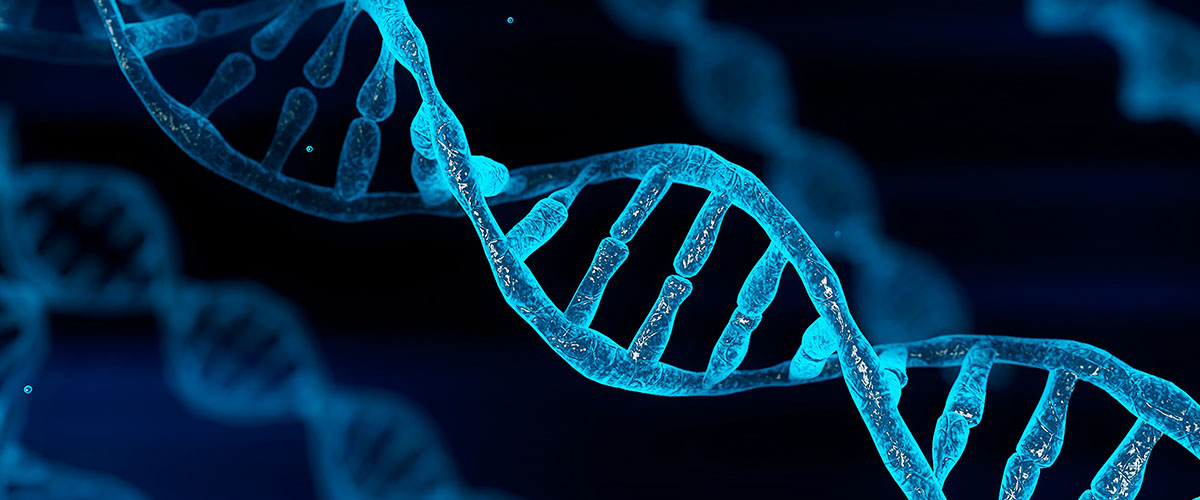)
Understanding clonal evolution in CLL in an evolving treatment environment
Project Title: Understanding clonal evolution in CLL in an evolving treatment environment
Project Duration: 2022-2027
MOHCCN Consortium: Prairie Cancer Consortium
Investigators: Versha Banerji, Sachin Katyal, James B. Johnston, Aaron Marshall, Lin Yang, David Dawe, Kathleen Decker, Meaghan Jones
Partners:
- CancerCare Manitoba
- University of Manitoba
Aim/goals:
- To determine the ability to distinguish germline versus acquired mutations for peripheral blood mononuclear cells using various techniques.
- Determine the impact of time limited versus continuous therapies on the genomic and transcriptomic landscape of the tumour and immune environments
Summary:
Chronic Lymphocytic Leukemia (CLL) is a chronic blood cell cancer that arises through a defect in apoptosis and increased B cell receptor signaling. It is the most common leukemia in adults and because if its chronicity every year more people live with their disease. Previous treatments have been DNA damaging agents, that were given in a time limited manner, in the form of chemotherapy. Now treatments use novel agents, by downregulating the B cell receptor signaling pathway or activating apoptosis. The former delivered continuously and the latter in a time limited fashion. The impact of continuous therapy versus time limited therapy with novel agents opposed to older treatments on the genomic and transcriptomic landscape remains to be determined.
